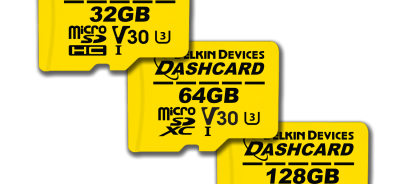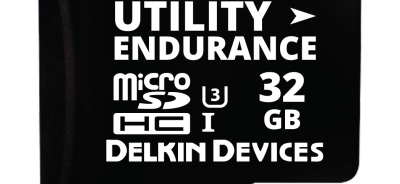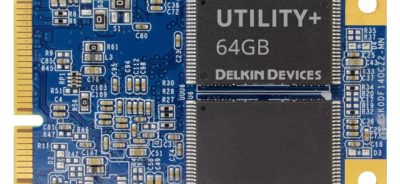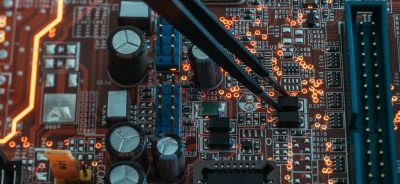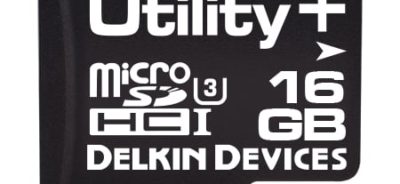Flash Storage Interface- NAND vs. NVMe
NAND vs. NVMe- The need for data storage capacity and speed in industrial applications has caused a growing list of interface options for memory. Applications and industrial flash storage hosts become more robust and have ever-expanding spec requirements. For engineers and OEMs, keeping up with the advances and determining what fits best in their applications is an ongoing process.
A subject that frequently comes up is NAND vs. NVMe—what are these two technologies and how do they compare to each other? As it turns out, NAND and NVMe aren’t in competition with each other. Instead, when used together, they can deliver lightning-fast read and write speeds for data-intensive applications.
NVMe, or Non-Volatile Memory Express, was designed to bridge this divide. NVMe uses PCI Express, or PCIe, rather than AHCI, in order to deliver transfer speeds that are appropriate for today’s SSD technologies. NVMe provides better input and output speeds, faster access to data, and reduced latency when compared with SATA.
NVMe- An Alternative to SATA Interface.
In the evolution of mechanical storage devices, the first shift was from hard disk drives, or HDDs, to solid state drives, or SSDs. The benefit of SSDs over HDDs is that they don’t have any moving parts that can malfunction or slow them down, which makes them significantly faster and more reliable. As SSDs developed, the SATA interface, or Serial ATA, became the most popular interface used alongside them. SATA connects to the CPU through a system called Advanced Host Controller Interface, or AHCI. The problem with AHCI is that it was developed to be used with HDD systems with moving parts. SATA combined with AHCI results in a high amount of latency. Additionally, the transfer rate for SATA is capped lower than what systems are capable of handling today.
Think NVMe vs. SATA, instead of NAND vs. NVMe
Both SATA and NVMe work alongside NAND flash memory, which is the predominant kind of flash memory storage found in most SSDs. NAND that uses NVMe works faster than SATA-based options because NVMe was specifically designed to work with SSDs. However, SATA is still widely used and is valued for its reliability and compatibility with a range of applications. There are many factors developers should consider when reviewing flash storage options, including product availability, capacity, and lifecycle management, including a locked bill of materials (BOM).
The product team at Delkin can help you determine the most efficient storage for your industrial applications and assist with testing to help you make the right choice for your needs. Think of Delkin as an extension of your Application Engineering Team. Contact one of our representatives and discover the Delkin difference.
ORDER DELKIN INDUSTRIAL FLASH STORAGE TODAY through our distribution partner Newark.
For Europe Contact Our Partner Farnell
Contact
 Login
Login Register
Register



